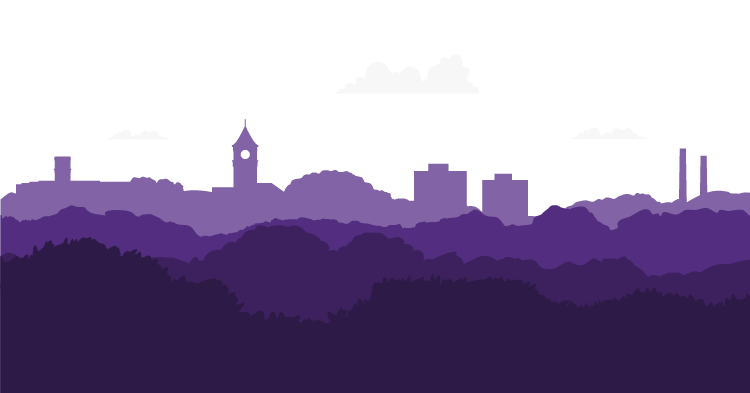Paragraphs are double-spaced by default because that makes the text easier to read on a computer screen). Hitting the enter/return key between paragraphs will add a double-space, creating a new paragraph, but holding down the shift key when hitting enter/return will add a single space, creating a line break. Line breaks are often used to separate sentences that aren’t long enough to wrap, but are not ordered or unordered lists.
Ordered and unordered list items are single spaced by default so hitting the enter/return key after each list item is the correct way to format the list, as shown in this example.
- orange
- banana
- lemon
- strawberry
Hitting the shift key and the enter/return key in the list will indent the second line, but not give it a bullet.
- orange
banana
- lemon
strawberry
Headers are used to draw special attention to specific text by increasing or decreasing the default font size and, depending on the header style, make the text bold or italic. Headers are by default followed by a double space regardless of what type of text comes next. If you hold down the shift key and hit the enter/return key after a header, you will actually be adding a paragraph break AND a line break. You can however apply a style class named “title” to the header that will remove the paragraph break and add a line break. Applying the style does require a little editing of the html. Look for the header tags – in the example below the tags are <h4>and</h4>, and add to the opening tag – class=”title”.
Example:
<h4 class=”title>With the “title” class</h4>
Aenean ultricies Donec fames turpis eu tortor mi egestas. Mauris eleifend tristique et netus eget, Pellentesque senectus quam, tempor amet malesuada amet, leo. ante. quam Vestibulum habitant et morbi feugiat sit semper. ac sit est. vitae, ultricies placerat egestas vitae libero
Without the “title” class
Aenean ultricies Donec fames turpis eu tortor mi egestas. Mauris eleifend tristique et netus eget, Pellentesque senectus quam, tempor amet malesuada amet, leo. ante. quam Vestibulum habitant et morbi feugiat sit semper. ac sit est. vitae, ultricies placerat egestas vitae libero
